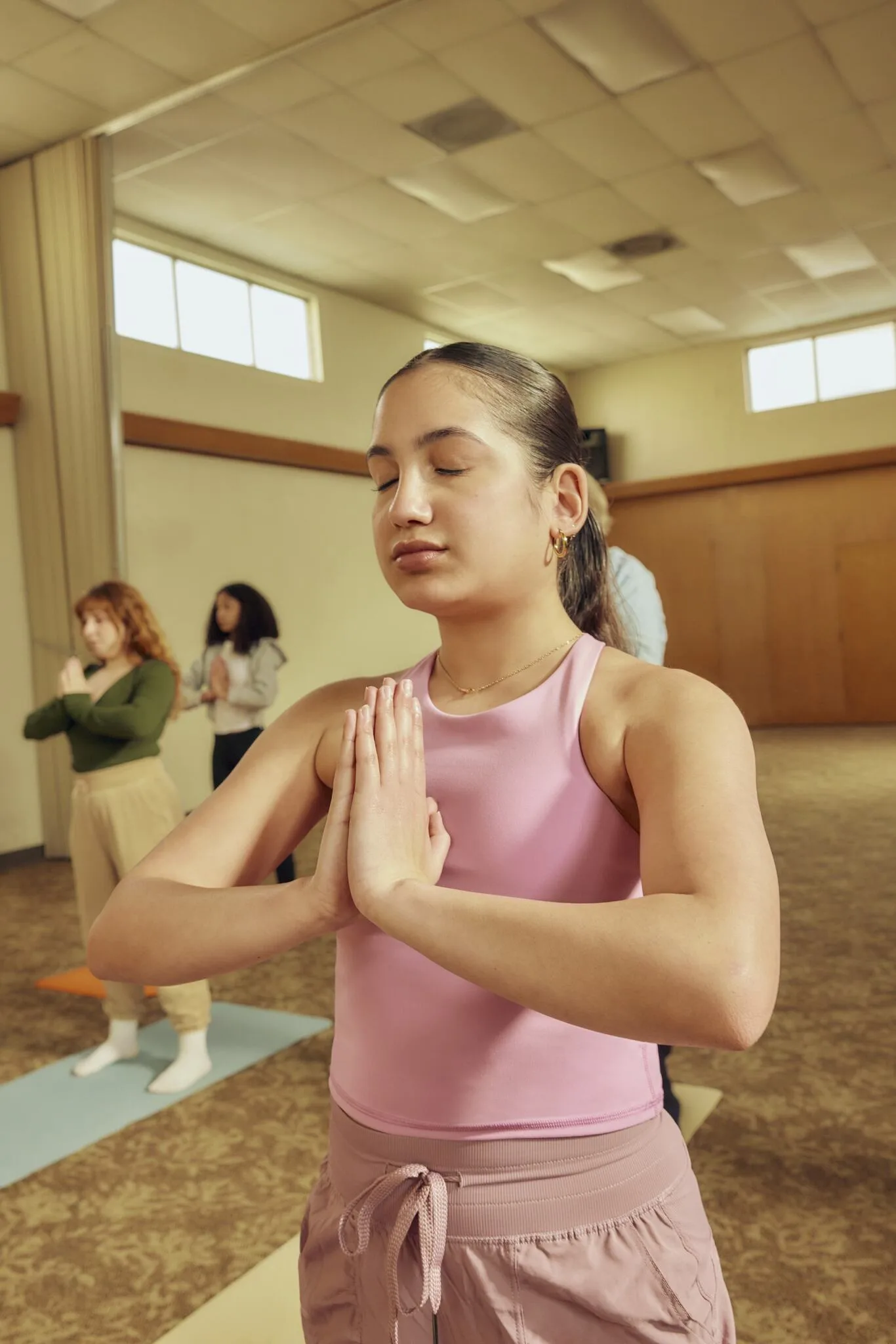Whether you’re new to yoga or looking to deepen your understanding, you’re in the right place.
Yoga is more than an individual practice—it’s a path to connection, shared knowledge, community care, and global well-being.
A Timeless Tradition
Yoga’s history spans thousands of years, with roots in ancient Indian and Kemet civilizations. Beginning as a spiritual discipline passed down through generations, it has evolved into different practices and philosophies.
The word yoga comes from the Sanskrit root yuj, meaning “to unite” or join. This concept of unity lies at the heart of yoga, bringing together the body, mind, and spirit.

Ancient Practice,
Modern World
Your yoga practice can take many forms. From movement, breathwork, singing, volunteering, studying ancient wisdom, meditating, and connecting to something bigger than yourself.
Yoga can also be more than a personal practice—it is a powerful tool for collective well-being. As the practice evolves, it continues to address societal challenges and create space for equity, healing, and transformation.
Evolving with Purpose
We at Yoga Alliance strive to honor yoga’s origins while embracing its evolution and upholding its deeper purpose—a practice of service, connection, and empowerment for individuals and communities alike.
What a powerful practice that can be used for causing “good trouble,” as activist John Lewis used to say.”
Source: Haberkorn, J. (2020, July 17). John Lewis, civil rights icon and longtime congressman, dies. Los Angeles Times.
Creating Your Practice
Finding Your Practice
In addition to the types of yoga identified above, it is common for a yoga teacher or yoga school to identify with a style, tradition, or lineage.
Each approach has benefits, and there is no “right way” to practice yoga. However, it’s important to honor the roots of yoga and respect its cultural and spiritual significance while adapting it to meet your needs.
Use our directories to find a teacher or school that aligns with your goals.
Be Part of Yoga’s Evolving Story
Learning about yoga’s history is just the beginning. Ready to deepen your journey?
Your yoga journey starts here—let’s move forward together.


